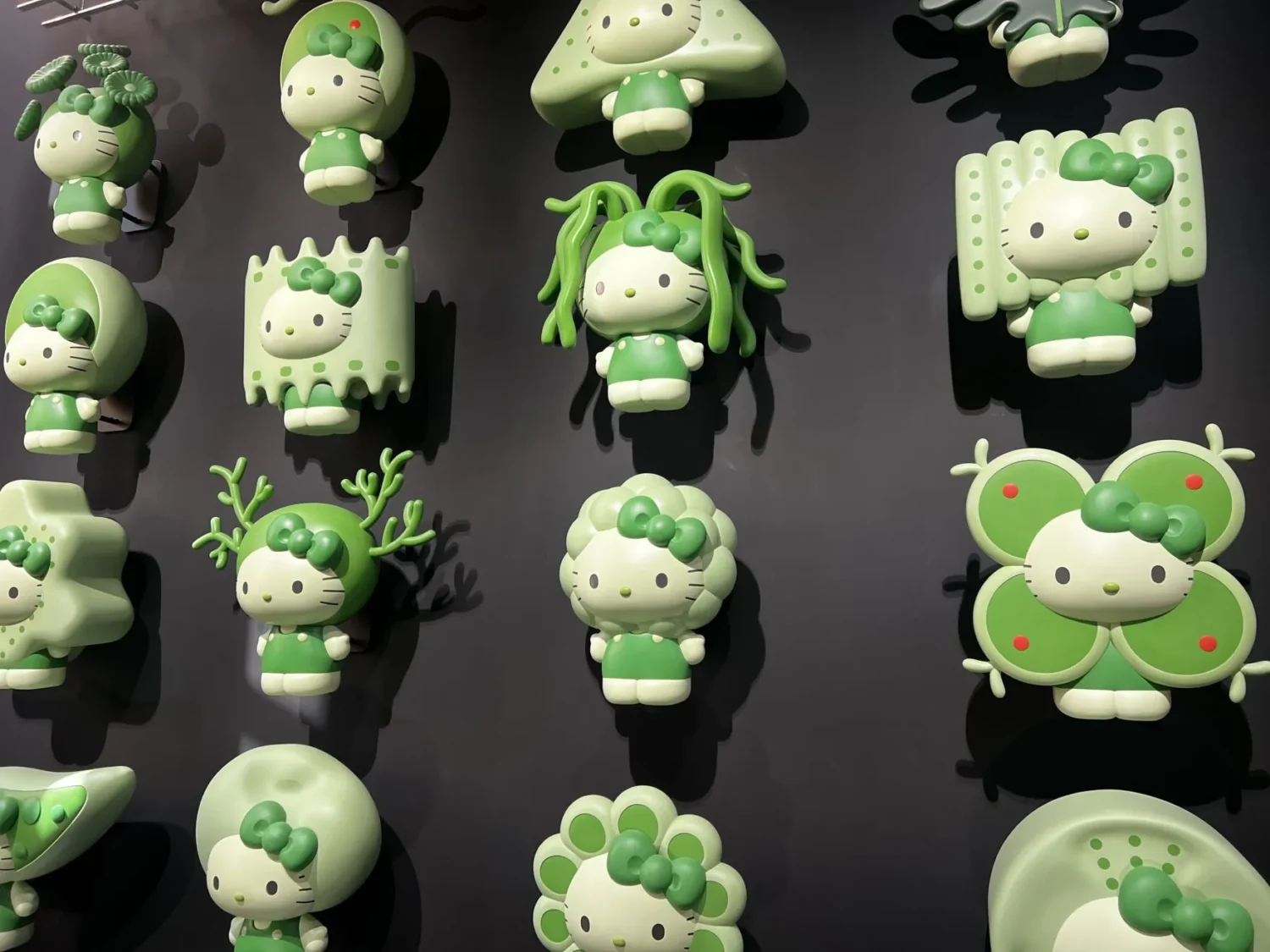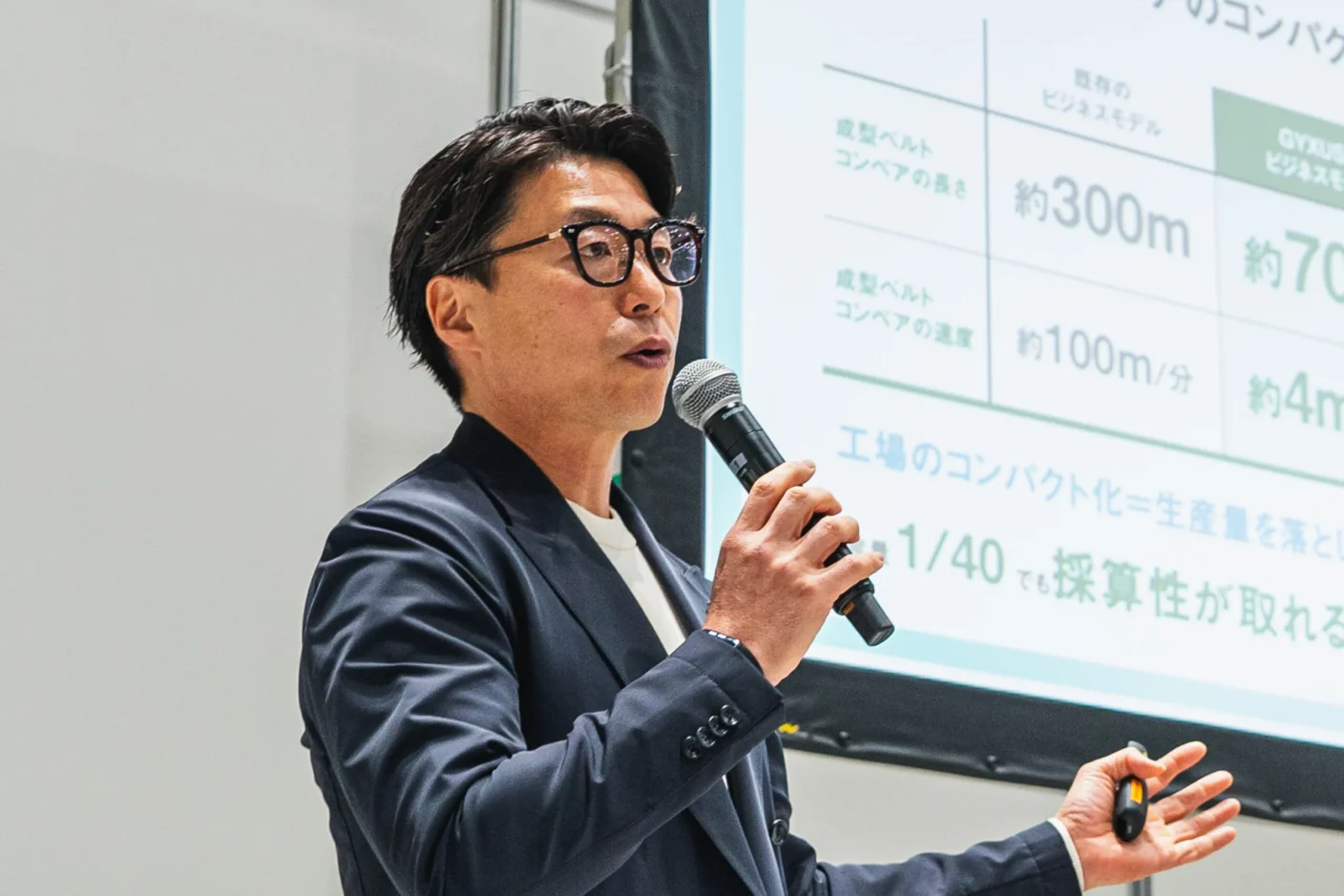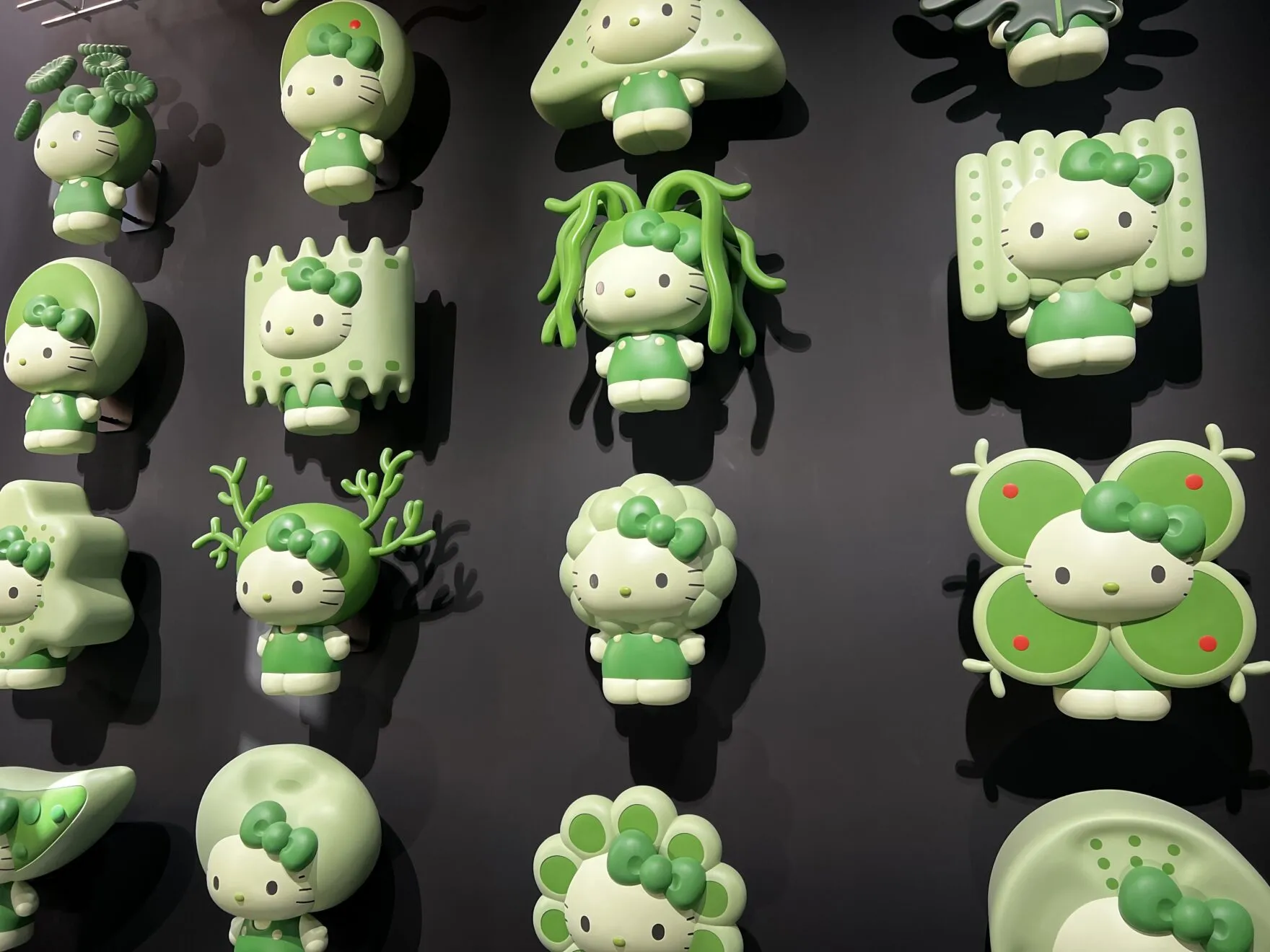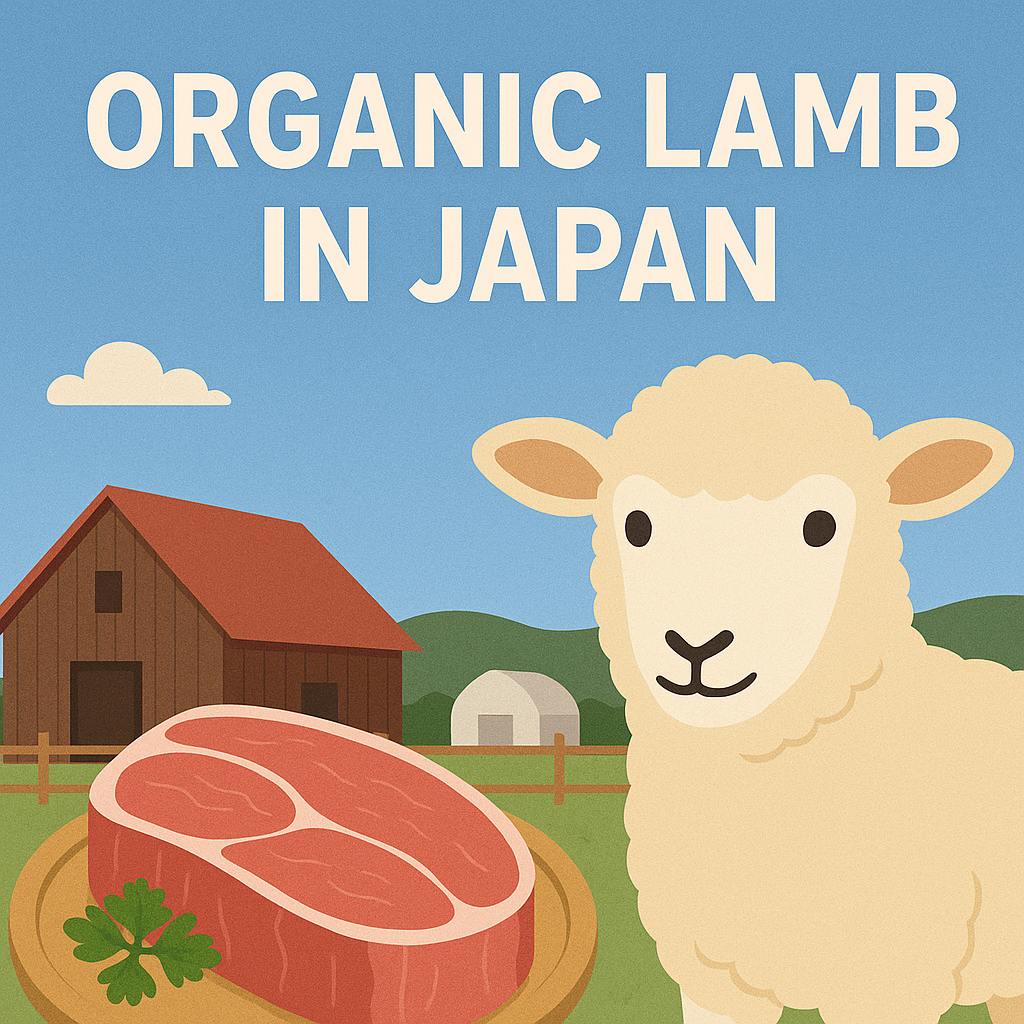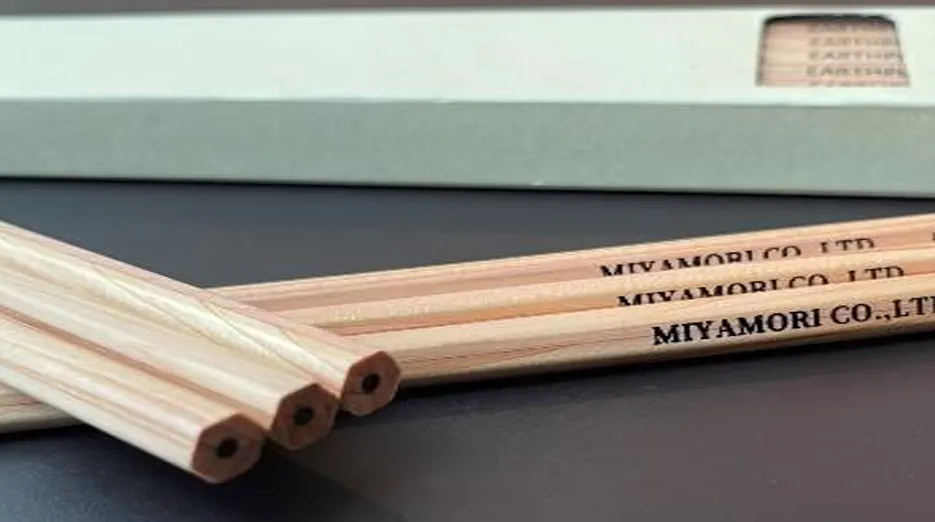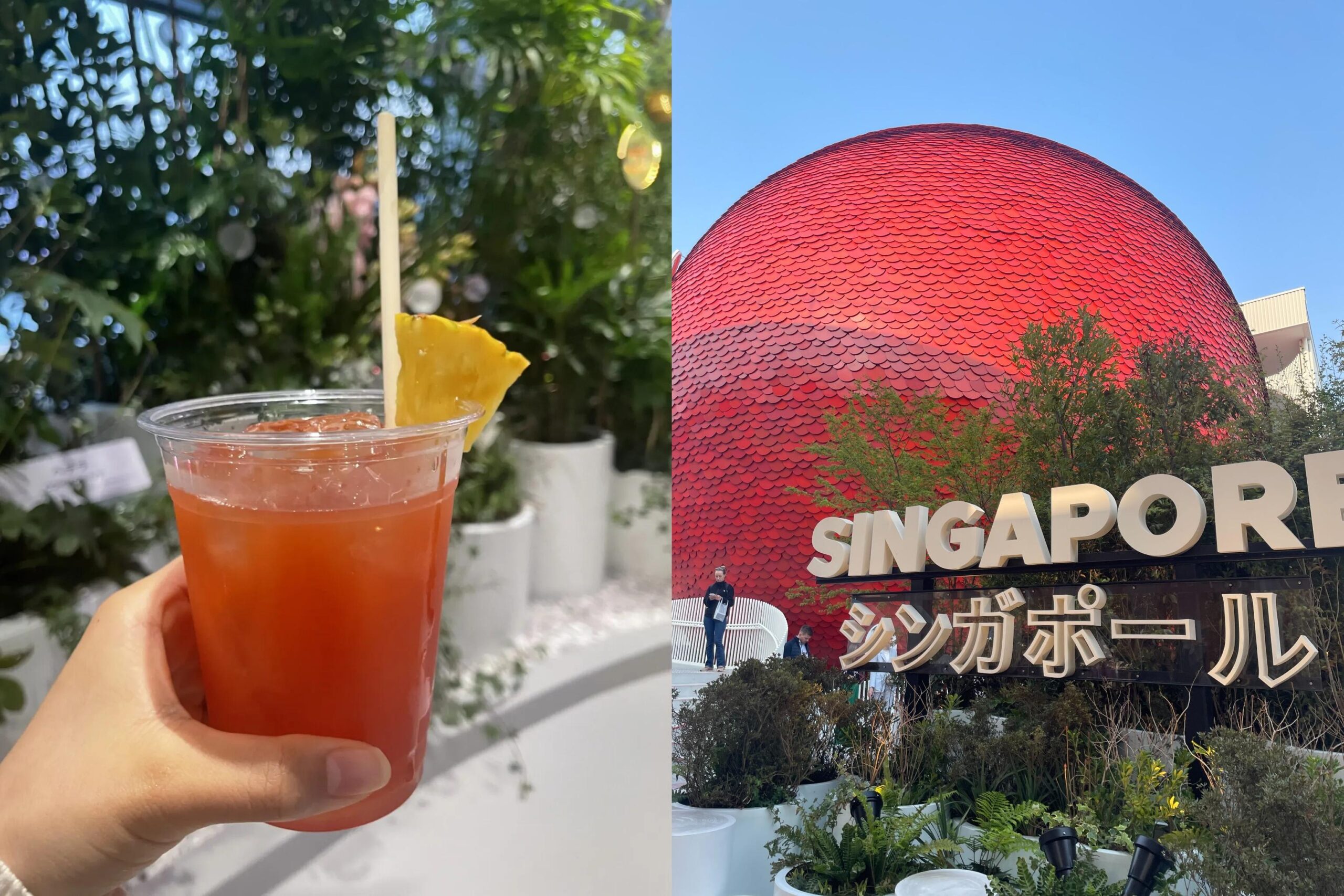The theme of the Japan Pavilion at Expo 2025 Osaka-Kansai is “Diverse Circulations of Life”—a concept deeply rooted in both environmental sustainability and traditional Japanese values. While other national pavilions, such as those from the Netherlands, Germany, and Luxembourg, are also showcasing circular economy ideas, Japan’s offering stands out with its interactive design, use of beloved characters like Hello Kitty and Doraemon, and real-world implementations such as an operational biogas plant on site.
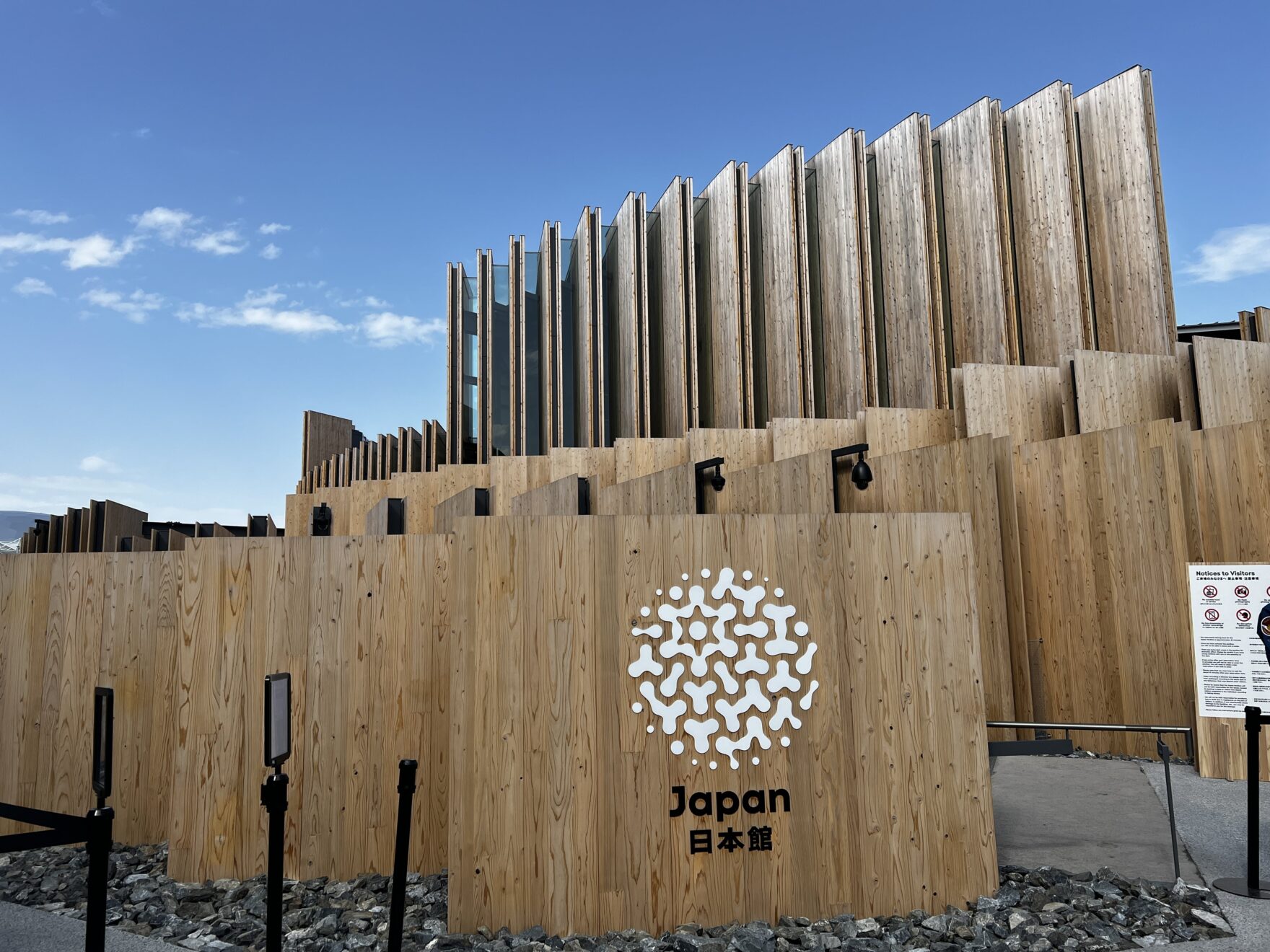
A Pavilion Designed for the Future
The pavilion’s architecture itself embodies circularity. Made from cross-laminated timber (CLT) using sustainably thinned wood, the structure is designed for easy disassembly and reuse after the Expo. Even the stylish staff uniforms are recyclable, and furniture and packaging throughout the space are modular and eco-friendly.
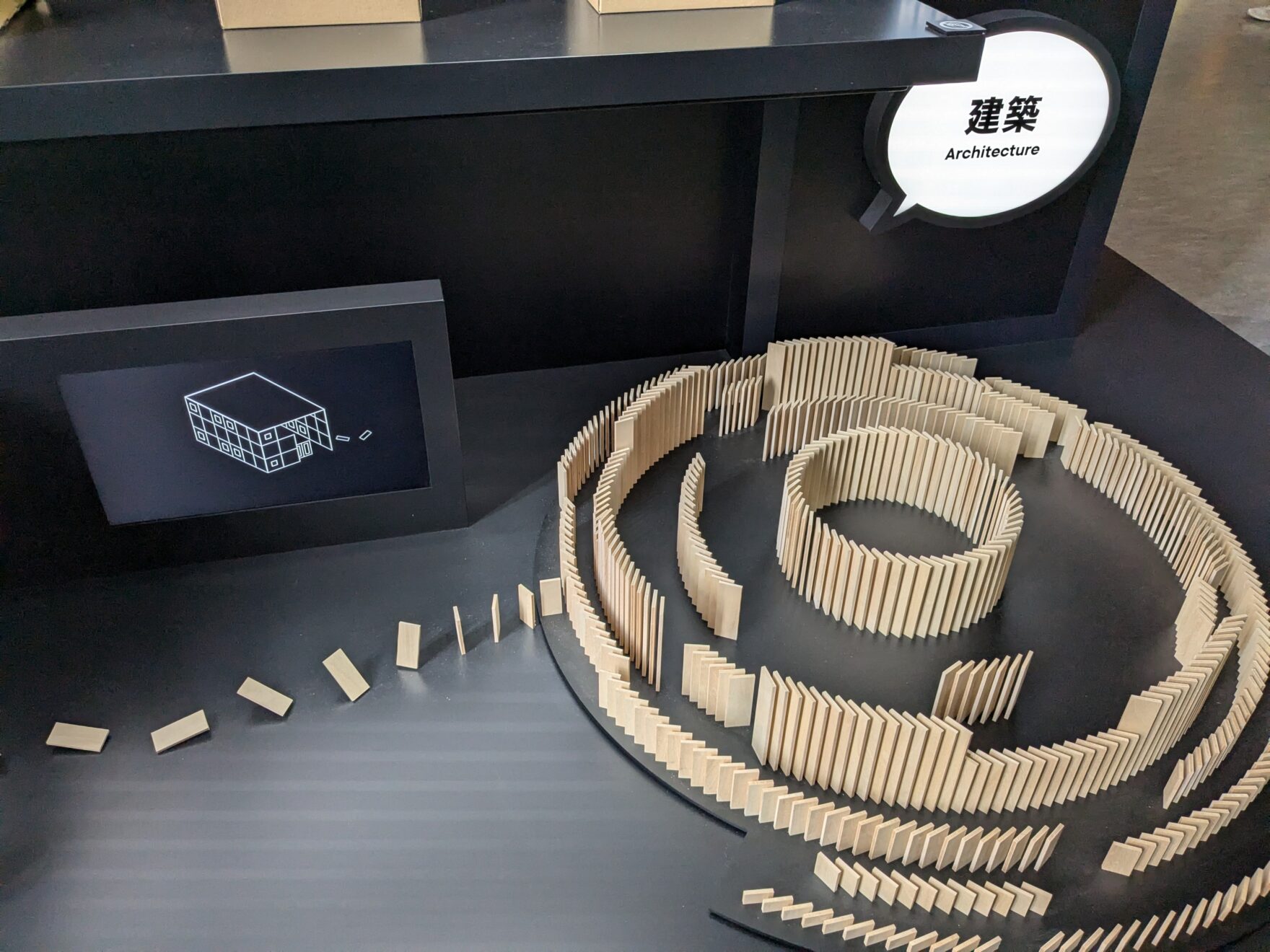
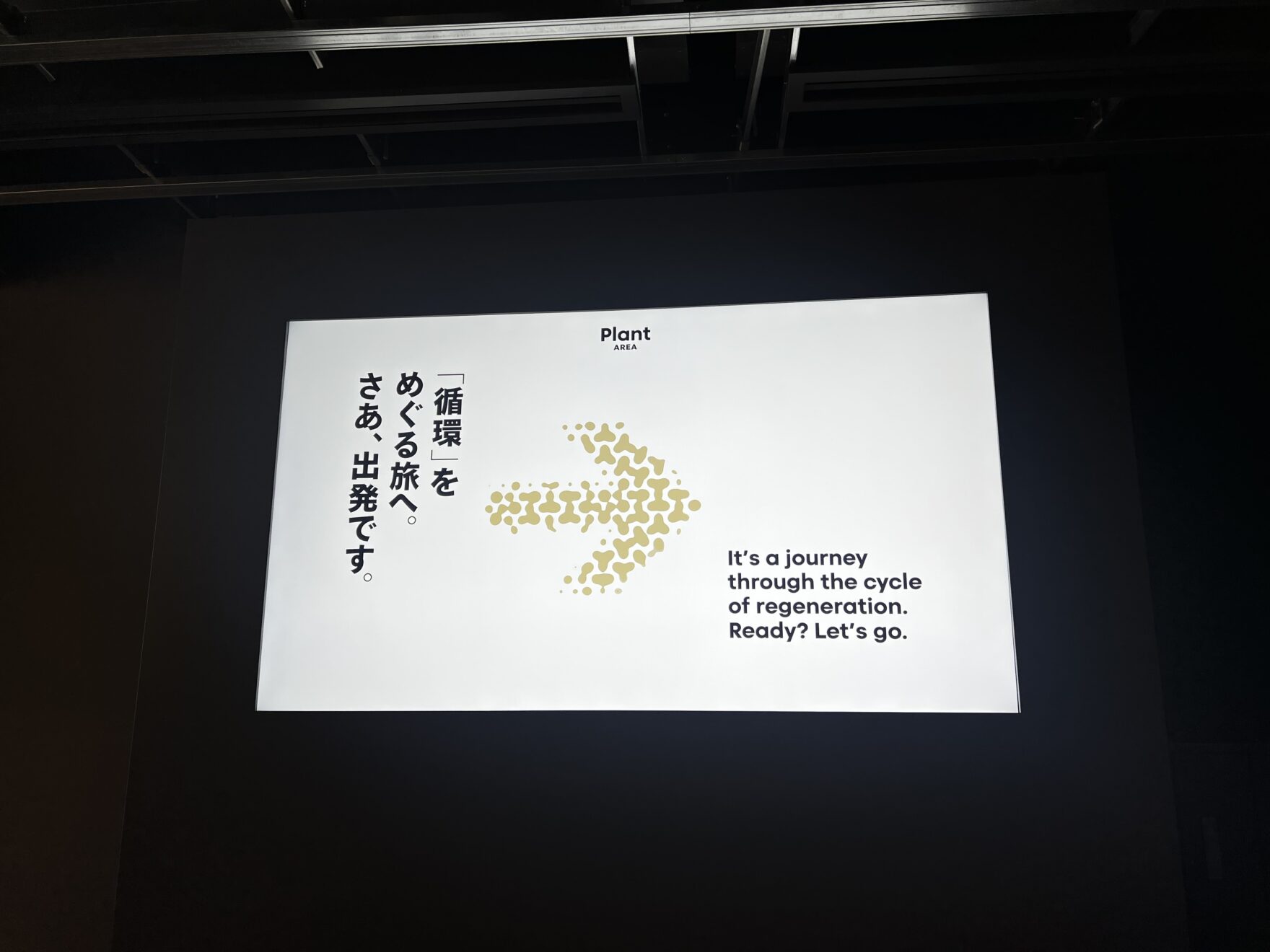
Circularity in Action: From Waste to Wonder
Inside, visitors explore three interconnected zones—Plant, Farm, and Factory—designed without a fixed starting point to reflect the continuous flow of materials.
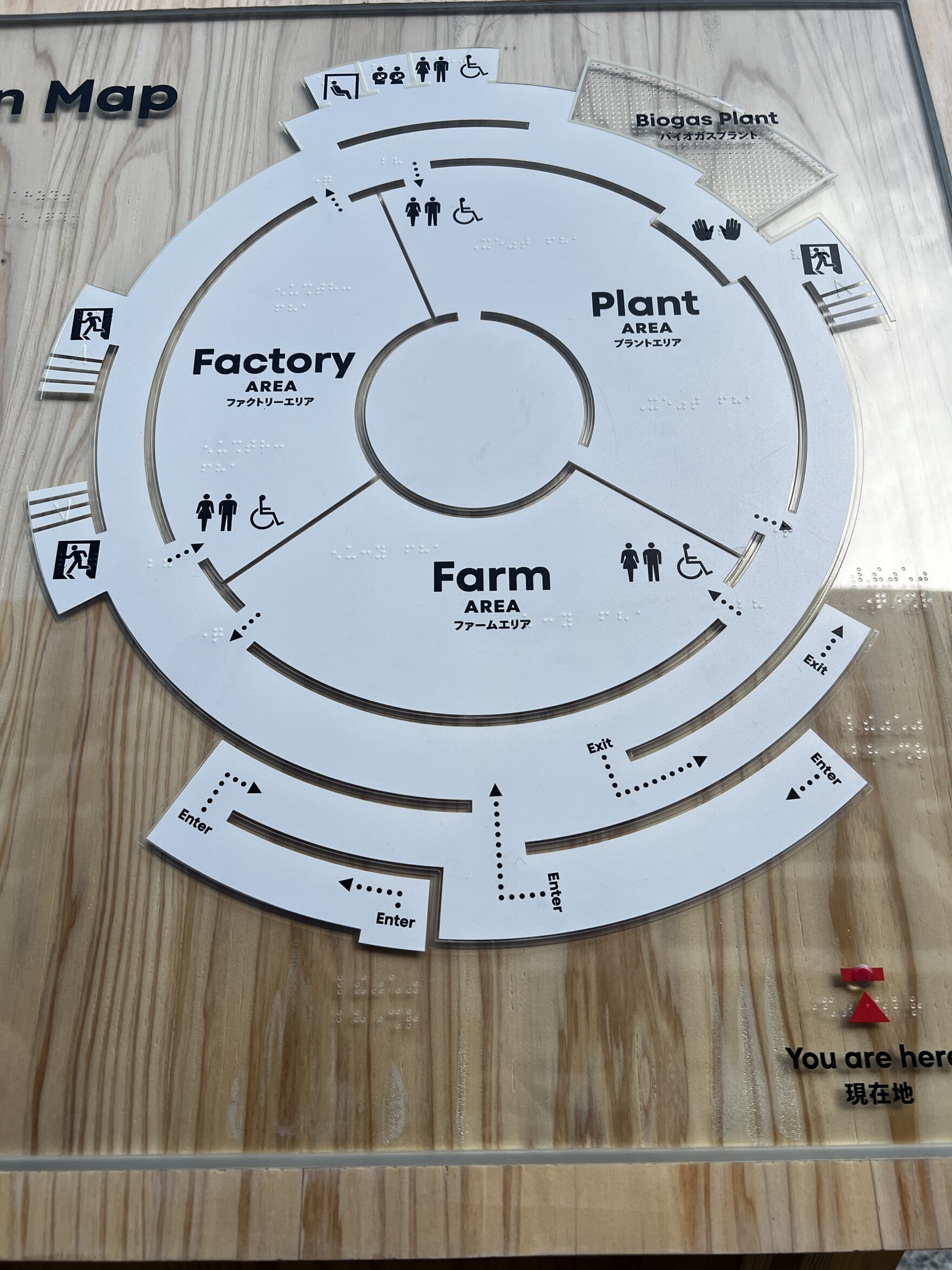
- The Plant Zone features an actual biogas plant on site, converting food waste from the Expo into energy through methane fermentation. This live facility, visible from the exhibition path, offers tours on select days.
- Immersive installations use BE@RBRICK figures (Japanese bear-shaped designer toys) and digital art to visualize how food waste is broken down by microbes into water and CO₂.
- A shallow pool in the courtyard holds purified water reclaimed from food waste, underscoring the hidden beauty in circular processes.
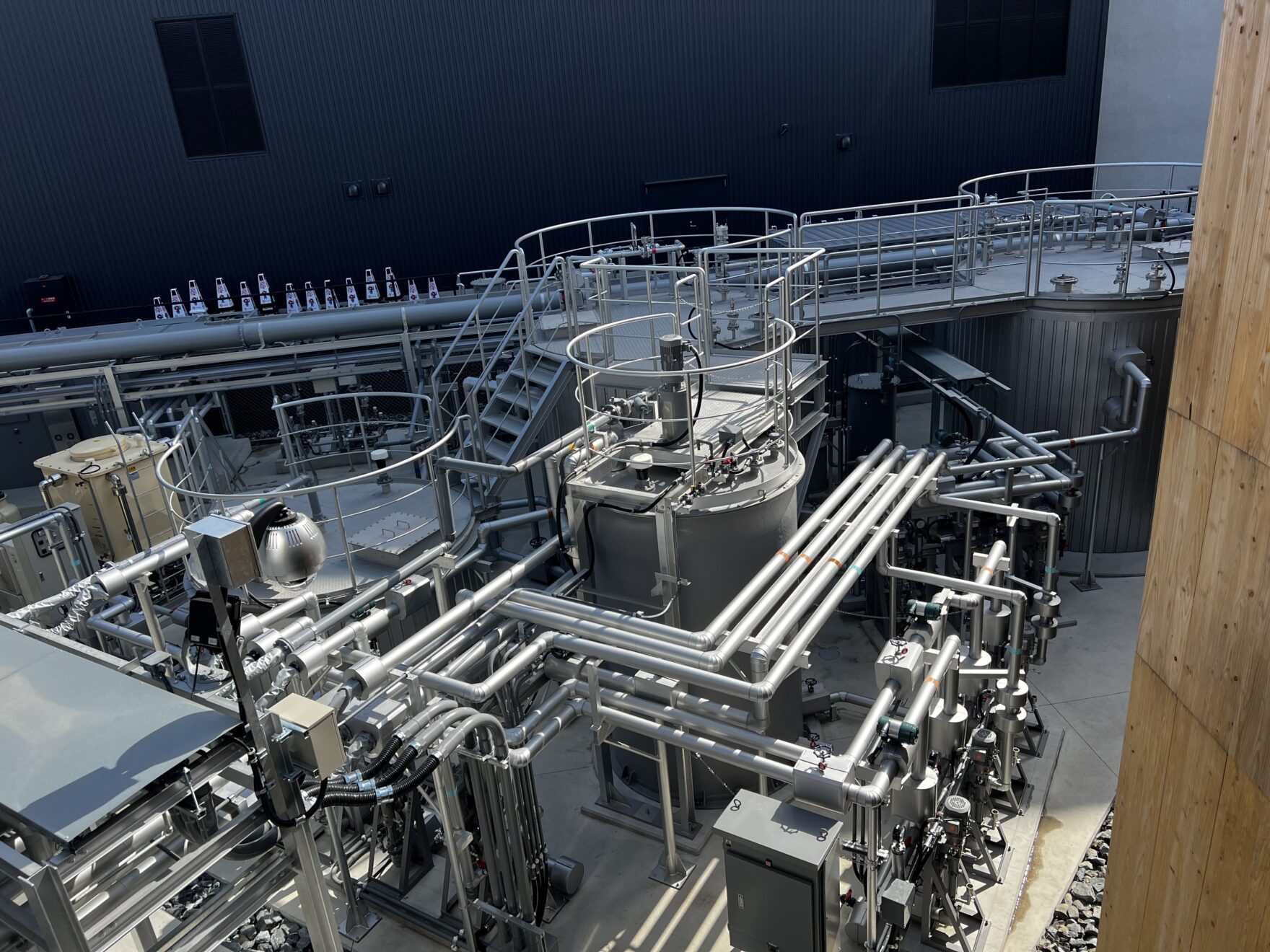
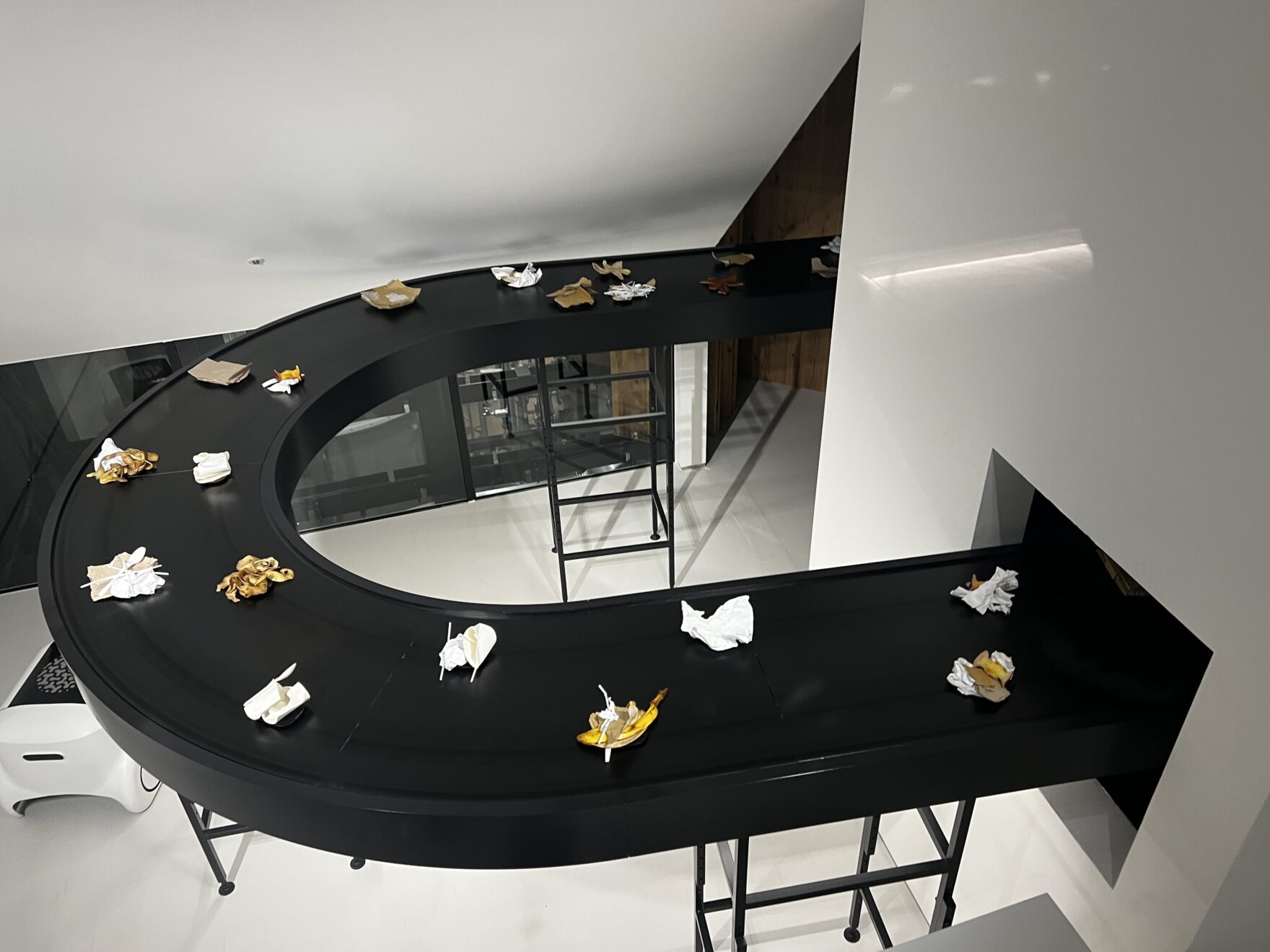
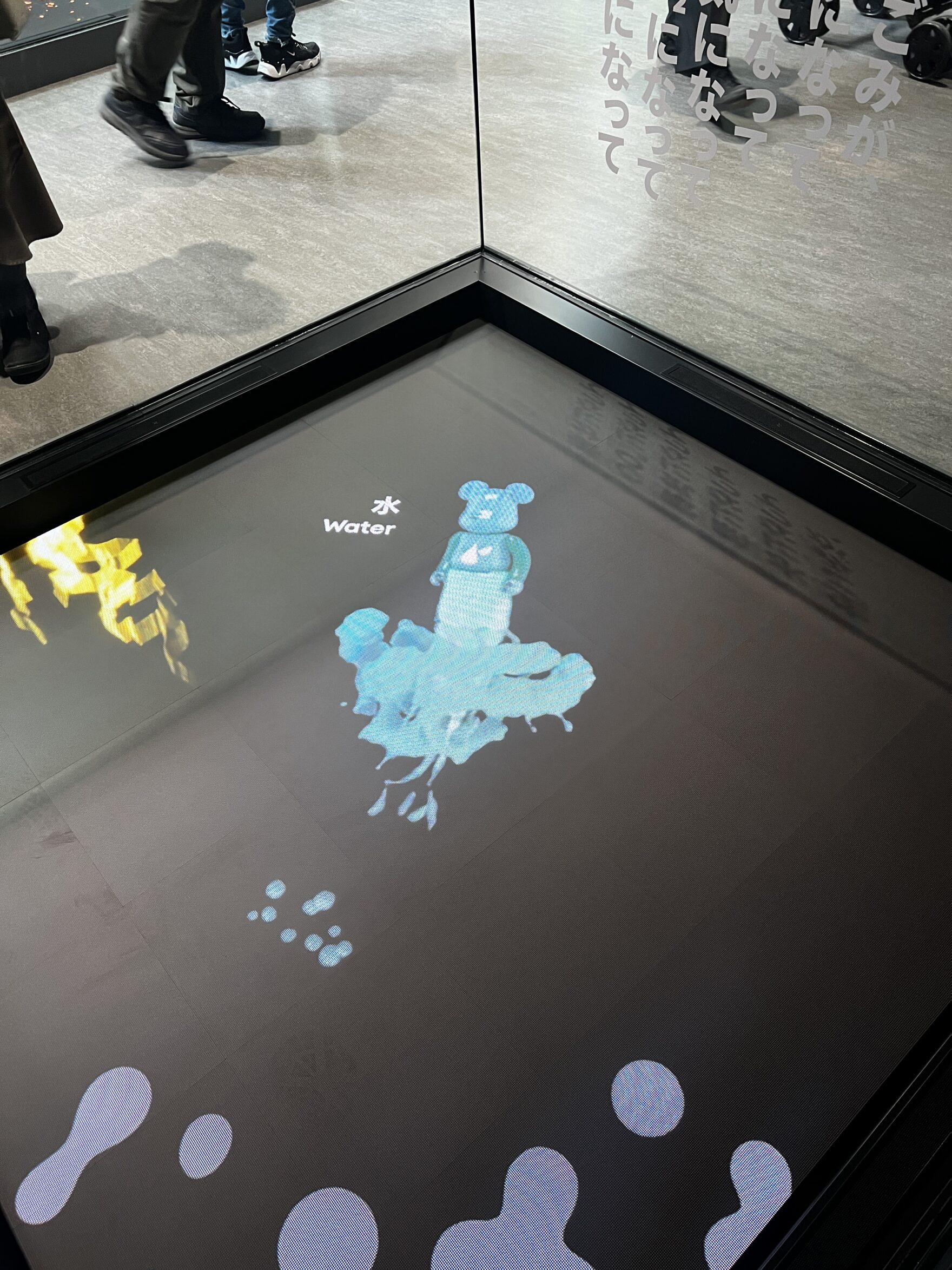
Algae, Hello Kitty, and the Power of Biomaterials
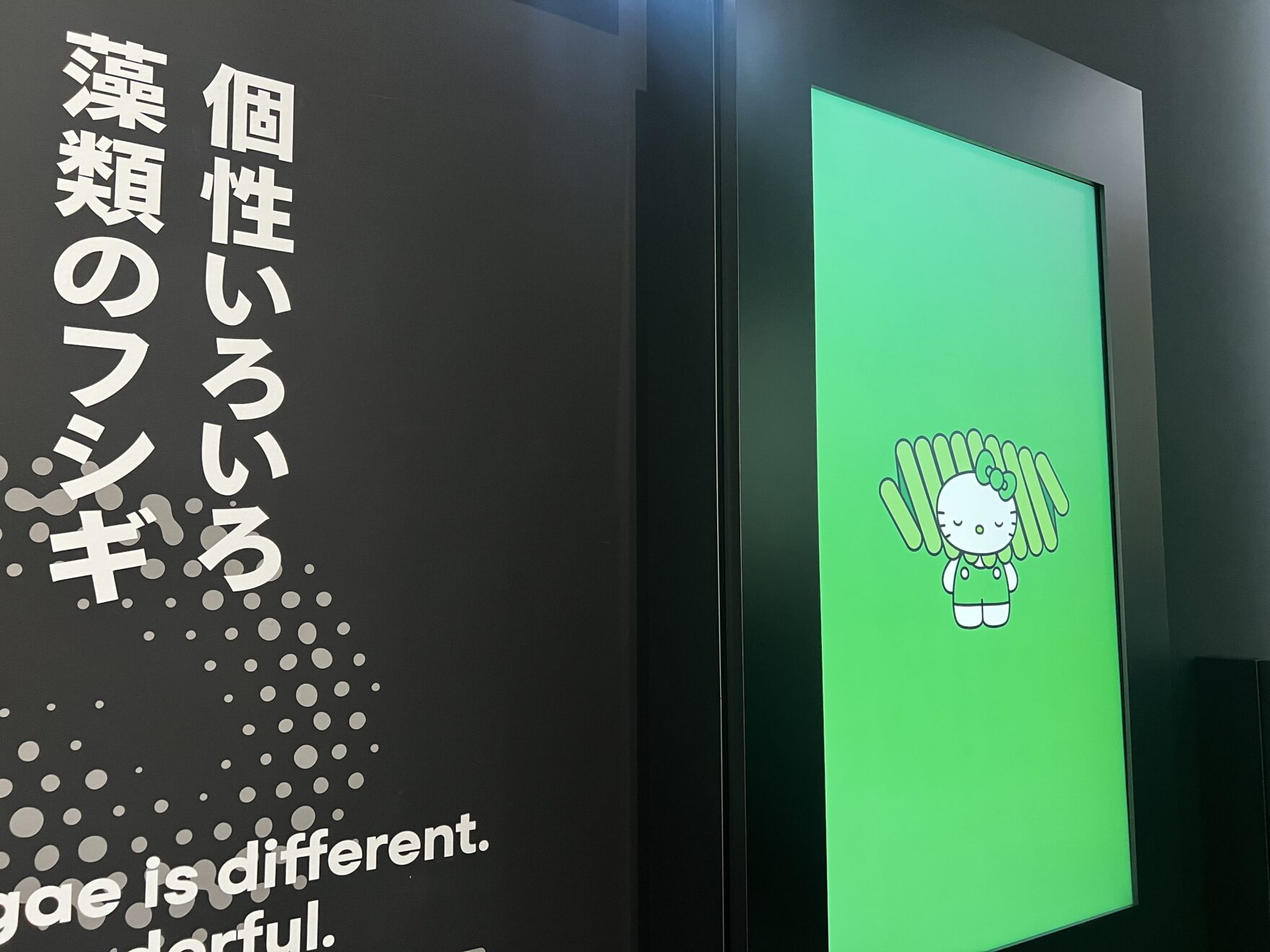
In the Farm Zone, algae take center stage—represented by none other than Hello Kitty in 32 vibrant varieties. These characters introduce different algae species, including spirulina, which is used to create bioplastics. The combination of science and pop culture brings sustainability closer to the heart.
A dreamlike algae installation room and displays showing microbial plastic breakdown stages add both visual appeal and scientific value.
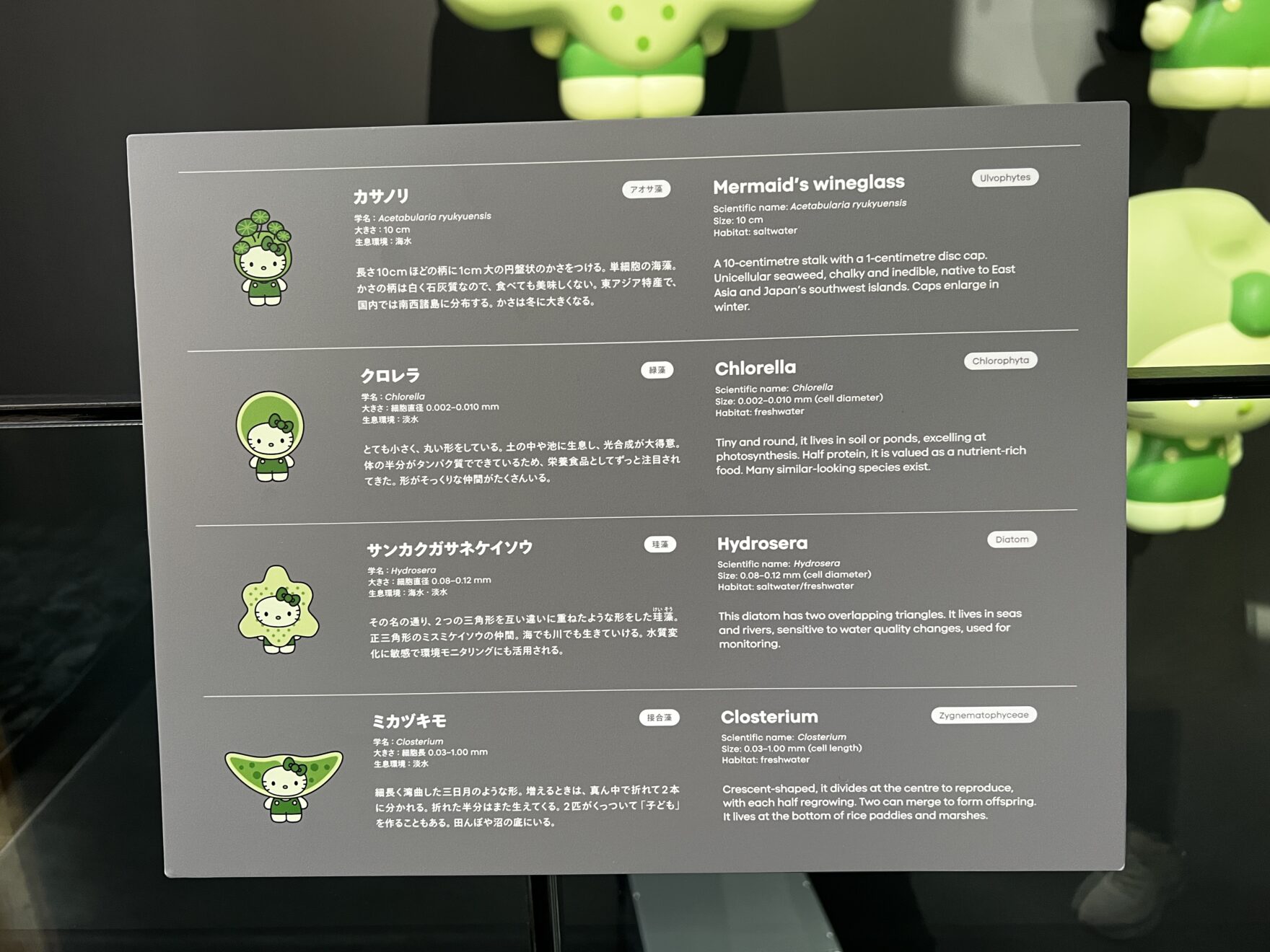
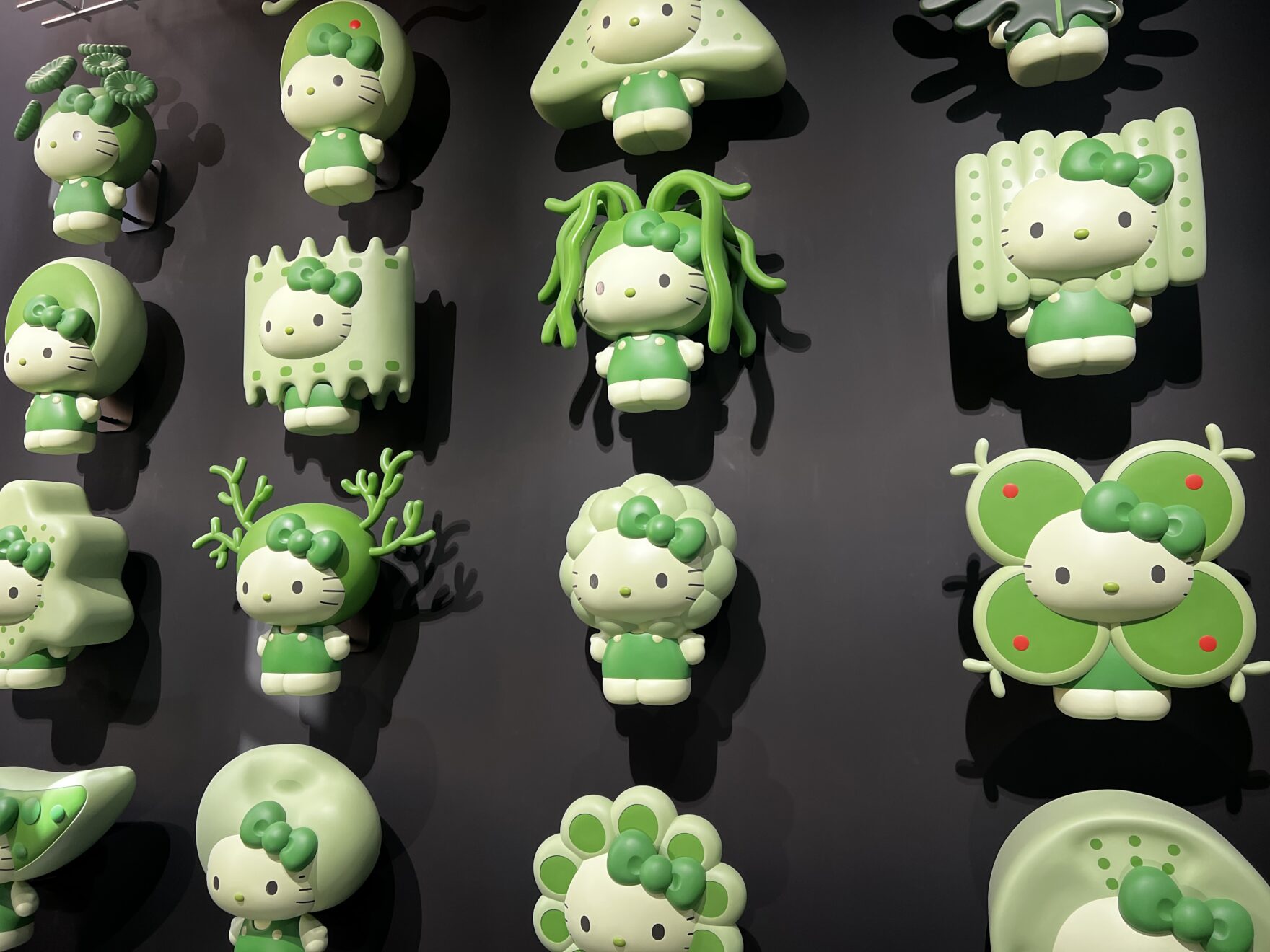
Making with Meaning: Factory as a Showcase
The Factory Zone highlights the transformation of biomaterials into products. Stools placed throughout the pavilion are made using 3D-printed bioplastics containing spirulina. Visitors can observe robotic arms and 3D printers simulating the production process.
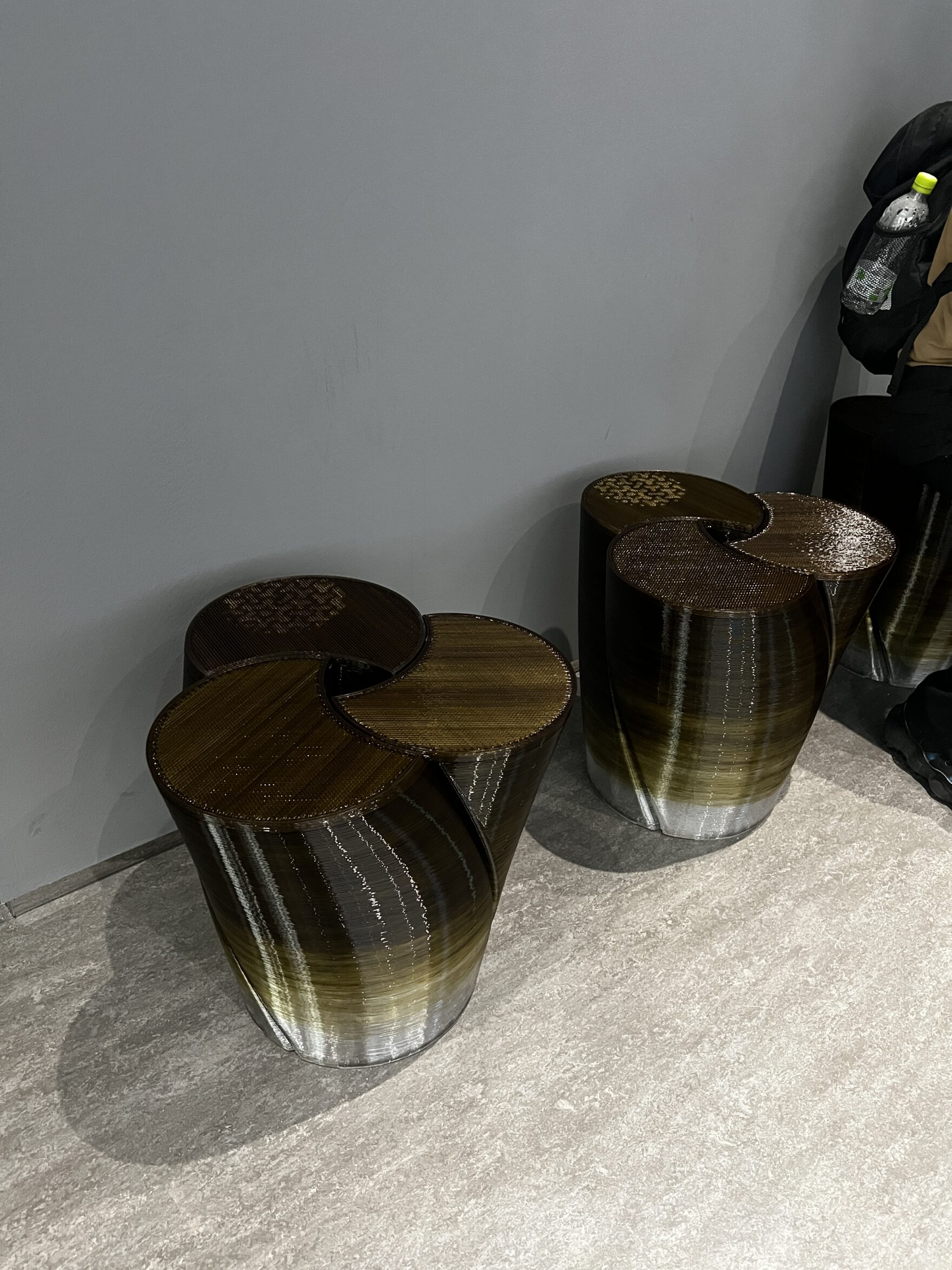
At the end, Doraemon—Japan’s iconic robotic cat—guides visitors through “soft manufacturing,” showcasing traditional, sustainable items like furoshiki wrapping cloths, wooden barrels, and kimono. Even the rebuilding tradition of Ise Shrine (Shikinen Sengu) is illustrated in manga form, linking Japan’s cultural legacy with its circular future.
Doraemon and the Wisdom of Japanese Craftsmanship
At the end of the Factory Zone, visitors are greeted by Doraemon, Japan’s beloved robot cat from the future. Acting as a cultural ambassador, Doraemon guides guests through an exhibit on “soft manufacturing”—a uniquely Japanese approach to sustainable craftsmanship that values flexibility, longevity, and reuse.
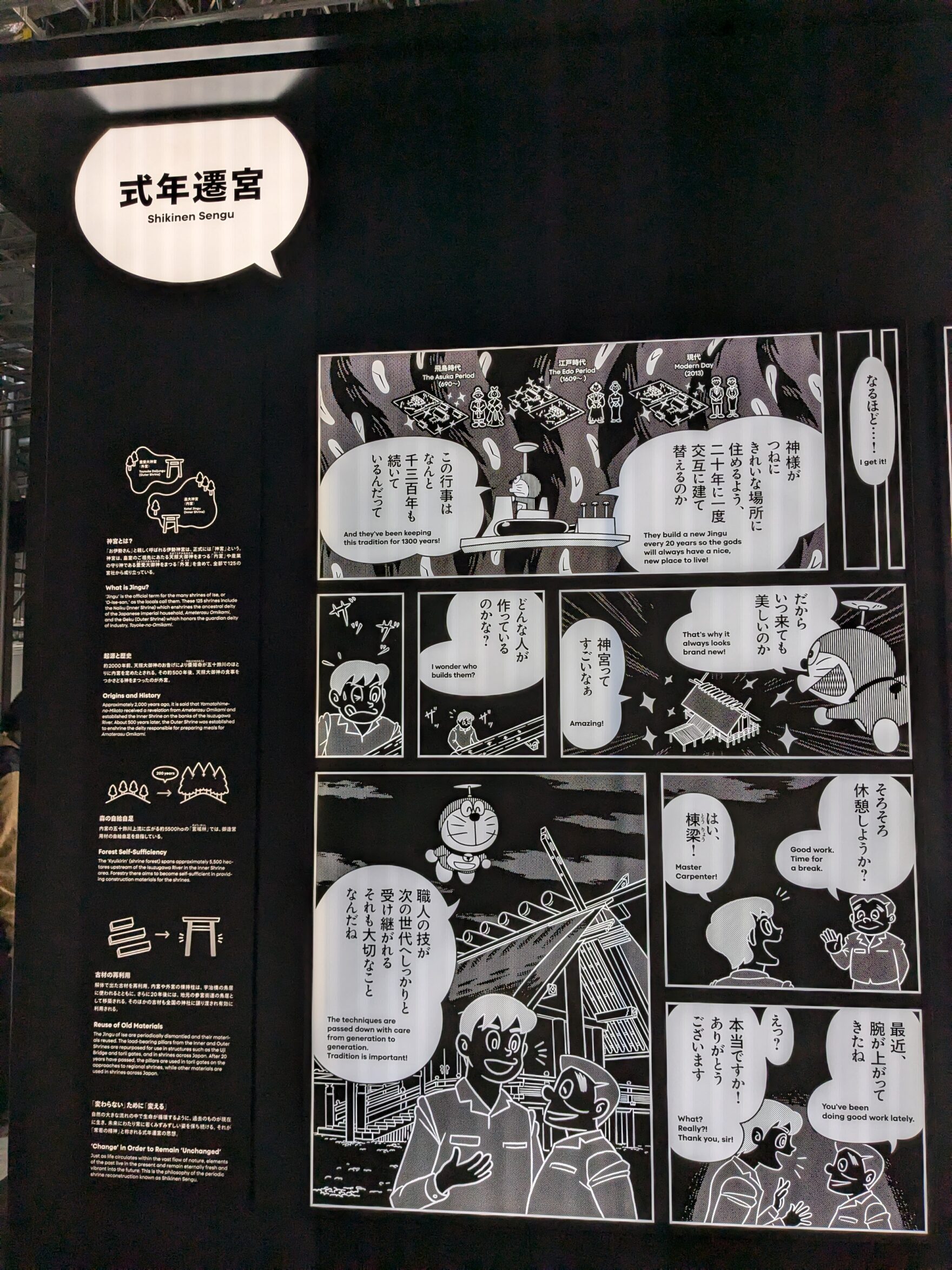
The exhibit showcases traditional everyday items such as the furoshiki (a reusable wrapping cloth), kioke (wooden barrels), and the kimono, demonstrating how these objects embody both practicality and circular thinking.
A special highlight is a manga-style explanation of Shikinen Sengu, the sacred ritual in which the Ise Grand Shrine is entirely rebuilt every 20 years using fresh materials. This ancient custom, more than 1,300 years old, is presented as a powerful symbol of Japan’s deep-rooted circular philosophy—rebuilding, renewing, and passing down knowledge across generations.
By integrating Doraemon—a pop culture icon known for futuristic gadgets—with ancestral wisdom, this section bridges Japan’s past, present, and future in a way that’s playful yet profound.
A Pavilion with Purpose
More than just an exhibit, the Japan Pavilion is a fully realized expression of circular living. Every detail—from the building materials to the packaging and even the visitor journey—has been designed with sustainability in mind. This makes the Pavilion not just symbolic, but operational in its commitment.
While the theme of “circularity” may be less visually flashy than others, it is undeniably timely. In an era where global pavilions tout sustainability, Japan leads by example, offering a model for how tradition, creativity, and technology can coexist in service of the planet.
If you visit Expo 2025, make sure the Japan Pavilion is on your list—where Hello Kitty meets algae, and the future is built to be reborn.

Official Japan Pavilion Site:https://2025-japan-pavilion.go.jp/overview/

